

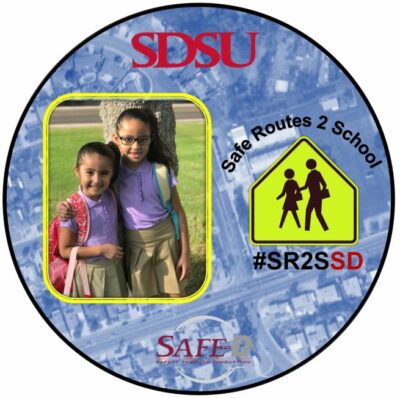
Abstract Child safety concerns are among the strongest impediments to children walking or biking to school, but some students must walk or bike due to financial or other circumstances. These travel modes are more than twice as common among students from low-income households than students from higher income households. The Safe Routes to School (SRTS) program fosters opportunities for students to walk and bike to school safely and routinely. This study provides insights into the SRTS program’s effectiveness and potential to improve walking and biking safety in socially vulnerable communities by evaluating the program’s impact on schools in the Chula … Evaluating the Safe Routes to School (SR2S) transportation program in socially vulnerable communities in San Diego County, California
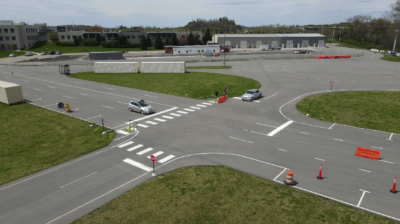
Abstract With SAE Level 4 and above (L4+) Automated Driving Systems (ADSs) being integrated on roadways, stakeholders worldwide are developing external communication systems for other road users to communicate effectively. Most research on SAE L4+ ADS external communication has used simulators or virtual reality platforms to assess driver/road user knowledge, opinions, and attitudes via survey metrics evaluating a single L4 vehicle. However, it is vital to understand perception of external communication in real-world conditions and with multiple SAE L4+ ADSs present. This research explored how the presence of multiple SAE L4+ ADSs with external communication displays affected participants’ crossing decisions. … Allusion 2: External Communication for SAE L4 Vehicles
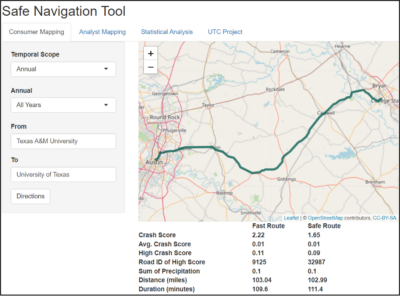
Abstract Popular navigation applications such as Google Maps and Apple Maps provide distance-based or travel time-based alternative routes with no real-time risk scoring. There is a need for a real-time navigation system that can provide the data-driven decision on the safest path or route. By leveraging data from a diverse range of historical and real-time sources, this study successfully developed a user interface for a navigation tool or application that offers informed and data-driven decisions regarding the safest navigation options. The interface considers multiple scoring factors, including safety, distance, travel time, and an overall scoring metric. This study made a … Developing AI-driven Safe Navigation Tool
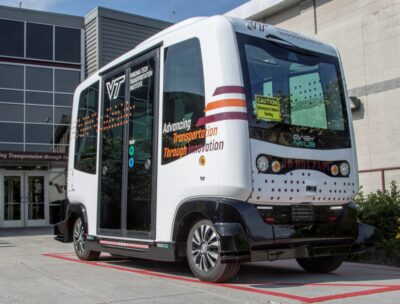
Abstract This project aims to develop a general evaluation protocol for transit readiness in the area for Automated shuttle implementation. Using the data gathered from the EasyMile shuttle implemented in Fairfax County, Virginia, the research team will perform risk assessments and safety analysis for the automated shuttle to understand the risks associated with the interactions between the automated shuttle and other road users, roadway infrastructure, and traffic conditions. Protocols for future deployment planning and evaluation of pilot programs will be developed by the research team based on the data analysis results. The project is related to transportation safety as it … Evaluation Tools for Automated Shuttle Transit Readiness of the Area
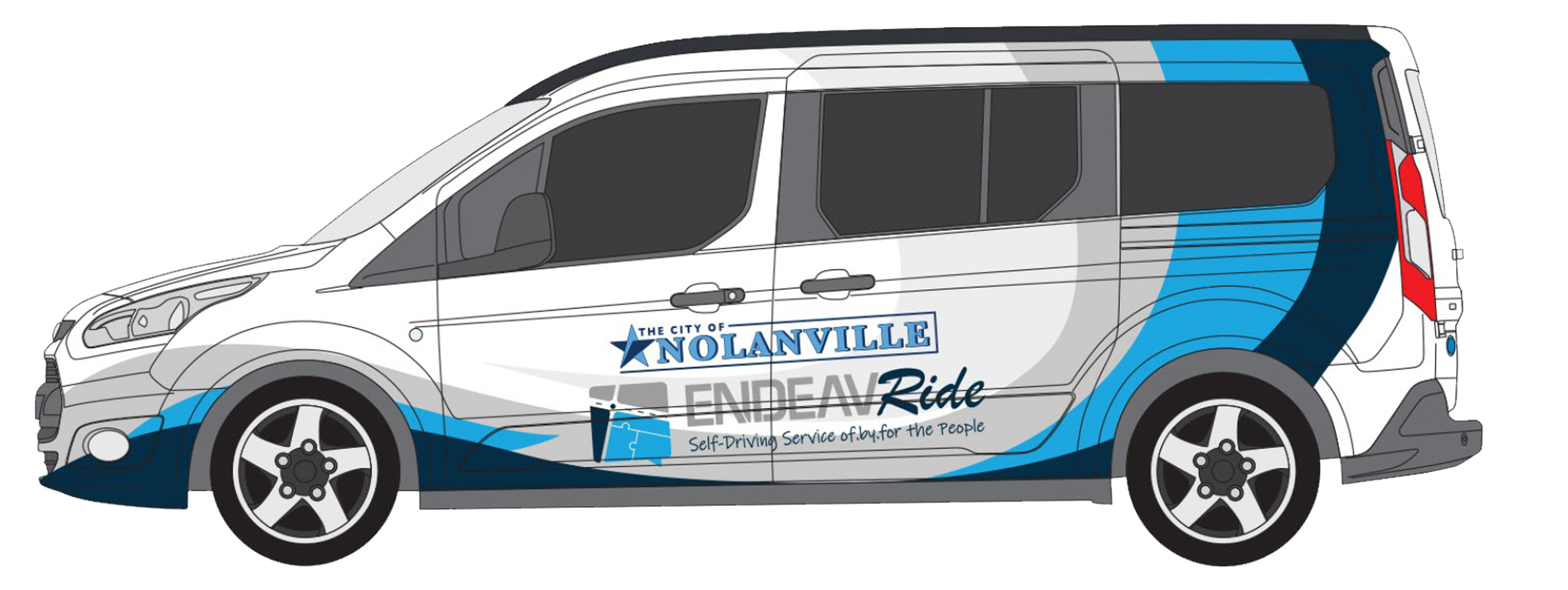
Abstract As of 2021, there were 18,696 small towns in the US with a population of less than 50,000. These communities typically have a low population density, few public transport services, and limited accessibility to daily services. This can pose significant challenges for residents trying to fulfill essential travel needs and access healthcare. Autonomous vehicles (AVs) have the potential to provide a convenient and safe way to get around without requiring human drivers, making them a promising transportation solution for these small towns. AV technology can become a first-line mobility option for people who are unable to drive, such as … Exploring the Safety Impacts of the Older Population’s Access to Automated Vehicles and Telemedicine: A Real-World Experiment in Small and Rural Communities (ENDEAVRide)
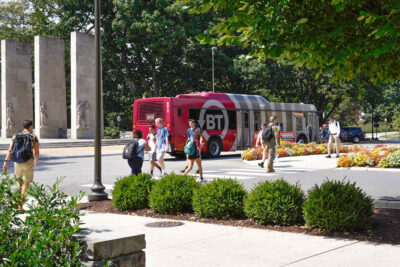
Abstract Encouraging the Virginia Tech (VT) community (including student, faculty, and staff) to walk, use the bus, carpool or ride bicycles for alternative transportation to decrease dependency on vehicle use and traffic around a campus and increase overall safety is a goal of the VT Alternative Transportation Department. This project develops an intervention and education program to encourage alternative transportation to, from, and around campus to reduce traffic on campus. In addition, since there is currently no standardized approach for computing the injury rates for non-vehicle roadway users, this project also refines and assesses a methodology for estimating injury rates … Using Health Behavior Theory and Relative Risk Information to Increase and Inform Use of Alternative Transportation

Abstract The recent emergence of electric scooter (e-scooter) rideshare companies has greatly increased the use of e-scooters around the world, which has increased the number of injuries associated with their use. A primary cause of e-scooter crashes is front-wheel collisions with a vertical surface. This research numerically simulated various e-scooter-stopper crashes across different impact speeds, approach angles, and stopper heights to characterize their influence on rider injury risk during falls. A finite element (FE) model of a standing Hybrid III anthropomorphic test device was used as the rider. The angle of approach was found to have the greatest effect on … Simulation-based approach to investigate the electric scooter rider protection during traffic accidents. A step forward for safer e-scooters and for standardized national safety policies

Abstract The National Highway Traffic Safety Administration (NHTSA) recently granted permission to deploy low-speed autonomous delivery vehicles (ADVs) on roadways. Although the mobility of ADVs is limited to low-speed roads and these vehicles are occupant-less, frequent stops and mobility among residential neighborhoods cause safety-related concerns. There is a need for a comprehensive safety impact analysis of ADVs. This study examined the safety implications and safety impacts of ADVs by using novel approaches. The objective of this study is to understand the safety-related issues associated with ADVs. Due to the limitation of acquiring large-scale vehicle movement data from ADV operators, … Autonomous Delivery Vehicle as a Disruptive Technology: How to Shape the Future with a Focus on Safety?
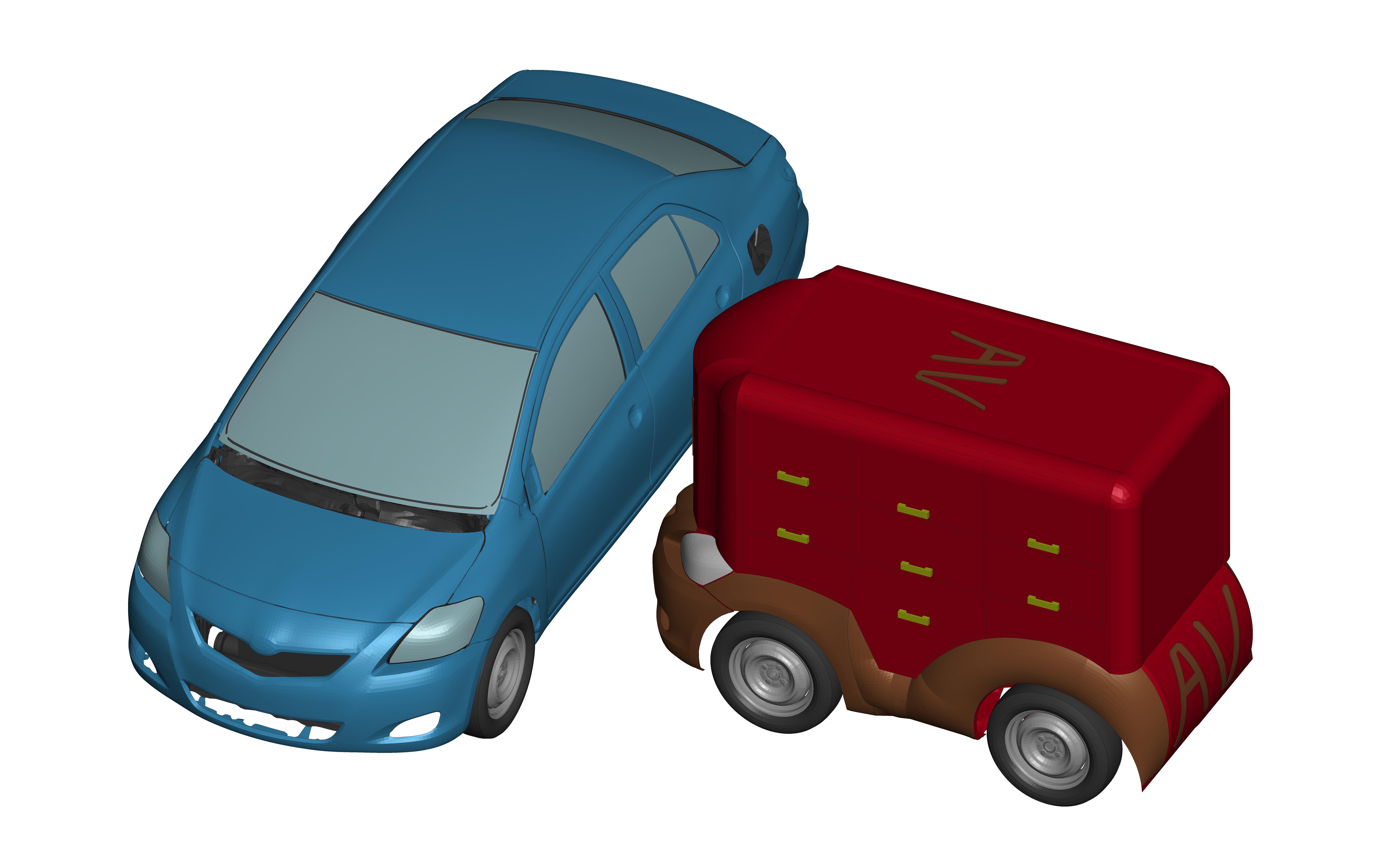
Abstract This project will propose testing and evaluation criteria to investigate crash compatibility between autonomous and human-driven vehicles, with consideration of different potential crash scenarios. Finite element computer models will then be utilized to conduct predictive simulations investigating potential cases of impacts between human-driven and autonomous vehicles. Current regulations defining IIHS testing criteria will be investigated to determine how the newly proposed testing conditions might need to be modified to address the worst-case testing scenario, such as maximizing the potential for occupant compartment deformation and intrusion during the crash event. Testing evaluation criteria might also have to be modified to … Crashworthiness Compatibility Investigation of Autonomous Vehicles with Current Passenger Vehicles

Abstract As rented and shared micromobility options, e-scooters are new and potentially transformative app-based modes that promise to alleviate first mile/last mile mobility issues, congestion, and more. Yet their safe deployment has not yet been systematically understood or standardized by users, cities, or operators. As of December 2019, 1,500 people had been injured and 8 killed in e-scooter crashes. These devices are not yet regulated by a federal agency like the National Highway Transportation Safety Administration (NHTSA) or the Consumer Product Safety Commission (CPSC), and their use is not uniformly regulated at the municipal level. Some jurisdictions are imposing … Micromobility Safety Regulation: Municipal Best Practices Review
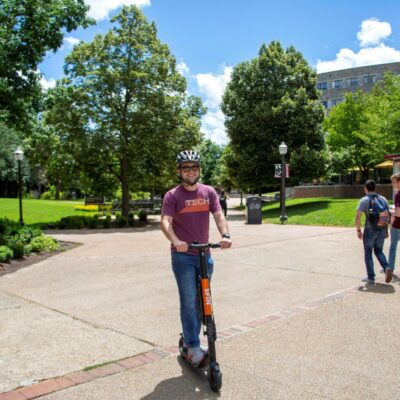
This project will deploy a fleet of e-scooters on the Virginia Tech campus through an exclusive, controlled research program which will collect data to assess safety impact, what behaviors are exhibited that may be beneficial or problematic, and ways in which kinematic and/or other data may be used to predict risky behavior and develop subsequent countermeasures.